Home>Garden Essentials>How To Make Ginger Germinate
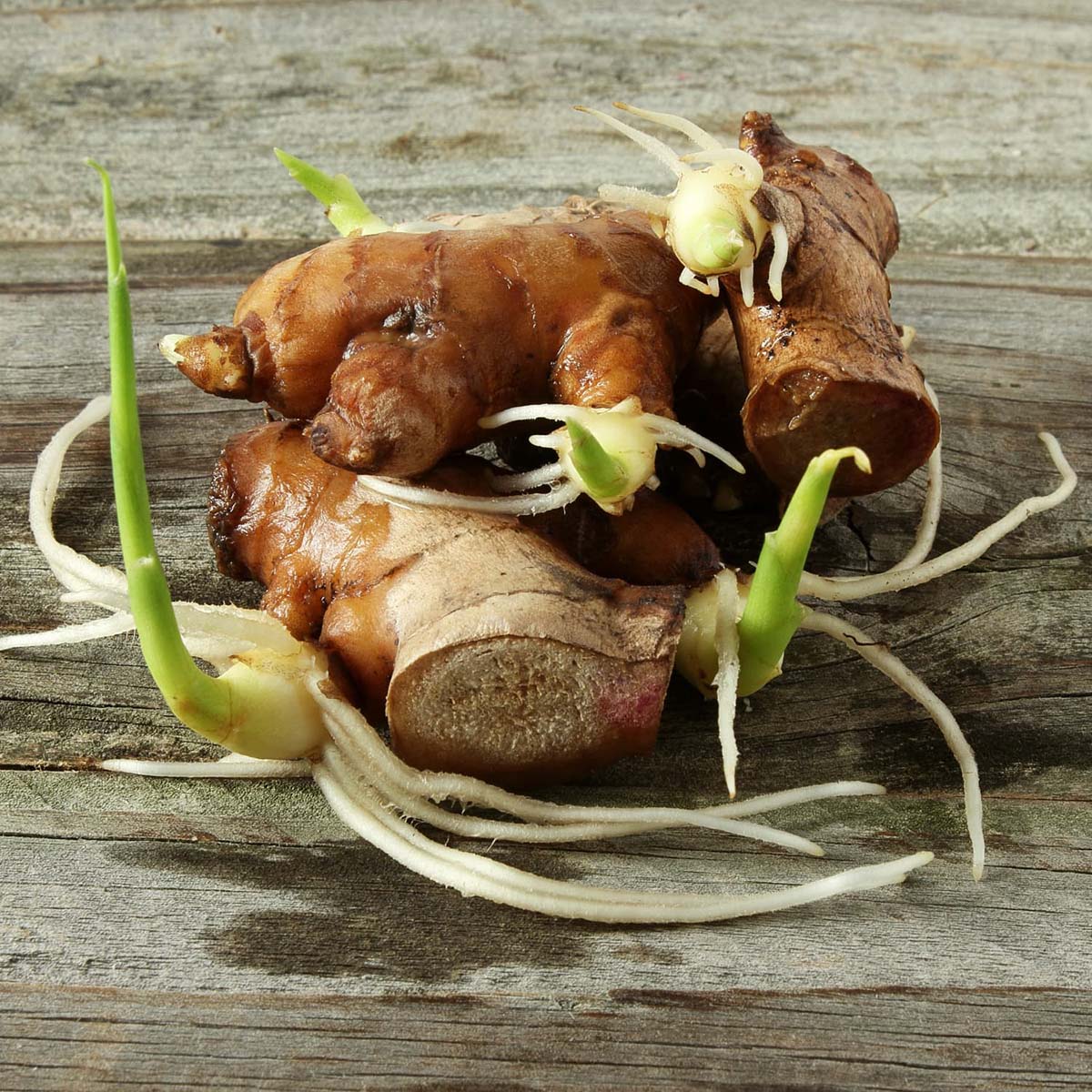

Garden Essentials
How To Make Ginger Germinate
Modified: March 16, 2024
Learn how to make ginger germinate in your garden with our step-by-step guide. Discover expert tips and tricks for successful ginger cultivation.
(Many of the links in this article redirect to a specific reviewed product. Your purchase of these products through affiliate links helps to generate commission for Storables.com, at no extra cost. Learn more)
Introduction
Welcome to the wonderful world of gardening! If you have a green thumb or are simply looking for a new project to embark on, germinating ginger can be a rewarding and fulfilling experience. Not only is ginger a versatile and flavorful spice that can elevate your culinary creations, but growing it from scratch can also be a fascinating journey.
Ginger, scientifically known as Zingiber officinale, is a tropical plant that is native to Southeast Asia. It has been used for centuries for its medicinal properties and unique flavor. While ginger is readily available at grocery stores, there’s something magical about growing your own ginger at home.
In this article, we will dive into the intricacies of ginger germination. We will discuss everything from choosing the right ginger rhizome to caring for the seedlings and troubleshooting common issues. By the end, you will have a thorough understanding of how to successfully grow and harvest ginger, right in your very own garden or indoor space.
Before we get started, it’s important to note that ginger requires specific growing conditions to thrive. It prefers warm and humid climates, making it ideal for tropical or subtropical regions. However, you can still grow ginger in cooler climates by creating the right environment indoors or in a greenhouse.
Now, let’s roll up our sleeves and get ready to explore the fascinating process of ginger germination. Whether you are a seasoned gardener or a curious beginner, this guide will equip you with the knowledge and confidence to embark on this green endeavor. So, let’s get started on transforming that ginger rhizome into a flourishing plant!
Key Takeaways:
- Growing ginger from scratch is a rewarding journey that involves choosing healthy rhizomes, creating the right environment, and providing proper care. It offers the joy of homegrown, chemical-free ginger for culinary delights.
- Patience, observation, and proper care are key to successful ginger cultivation. Troubleshoot common issues, harvest at the right time, and savor the aromatic flavor of homegrown ginger in your culinary creations.
Read more: How To Make Ginger Shots With A Blender
Understanding Ginger Germination
Ginger germination is the process by which ginger seeds, also known as rhizomes, sprout and grow into plants. The rhizome is the part of the ginger plant that we typically use for culinary purposes and is the primary means of propagation. Understanding the germination process is crucial for successful ginger cultivation.
Ginger germination begins with the selection of the right rhizome. Ideally, you should choose a healthy and plump ginger rhizome that is free from blemishes or signs of decay. Look for rhizomes with tightly closed buds, as this indicates high viability.
Once you have selected your rhizome, it’s important to understand that ginger prefers a warm and moist environment for germination. The ideal temperature range for ginger germination is between 75°F and 85°F (24°C and 29°C), so ensure that the planting location or indoor setup meets these conditions. Additionally, ginger requires well-draining soil to prevent waterlogged roots.
Before planting the rhizome, it’s beneficial to soak it in water overnight. This softens the outer layer and promotes faster germination. After soaking, you can cut the rhizome into smaller pieces, making sure that each piece has at least one bud or “eye.”
Next, prepare your planting beds or containers. Amend the soil with organic matter, such as compost, to improve its fertility and drainage. If you’re planting ginger indoors, choose a container that is at least 12 inches (30 cm) deep to accommodate the rhizome’s growth.
Plant the ginger rhizome about 2 inches (5 cm) deep, with the bud facing upwards. Space the rhizomes about 8 to 10 inches (20 to 25 cm) apart to allow room for growth. Cover the rhizomes with soil and water gently to settle the roots.
During the germination period, it’s crucial to keep the soil consistently moist but not waterlogged. You can mist the soil surface daily or use a light, fine spray of water to prevent overwatering. In about 2 to 3 weeks, you should start to see signs of new growth emerging from the soil.
As the ginger plants continue to grow, make sure to provide them with proper care. This includes regular watering, especially during dry spells, and feeding with a balanced fertilizer to promote healthy growth. It’s also important to protect the plants from extreme temperatures or frost if you’re growing ginger in a colder climate.
With patience and proper care, your germinated ginger plants will develop into lush, green foliage. After about 8 to 10 months, when the ginger plants have reached maturity, you can start harvesting the rhizomes.
Understanding the germination process is the first step towards successful ginger cultivation. By providing the right conditions and nurturing the plants as they grow, you can enjoy a bountiful harvest of fresh ginger that you grew with your own hands. So, let’s dig in and learn more about choosing the right ginger rhizomes for germination!
Choosing the Right Ginger Rhizome
Choosing the right ginger rhizome is a crucial step in the germination process. The quality of the rhizome will directly affect the success of your ginger cultivation. Here are some tips to help you select the best rhizome for germination:
1. Look for Freshness: When selecting a ginger rhizome, choose one that is fresh and firm. Avoid rhizomes that are soft, wrinkled, or have signs of decay. Fresh rhizomes have a higher chance of successful germination.
2. Check for Buds or “Eyes”: Ginger rhizomes have small buds or “eyes” from which new shoots will emerge. Ensure that the rhizome you choose has visible buds. The more buds it has, the better chances of successful germination and growth.
3. Opt for Plump Rhizomes: Select rhizomes that are plump and healthy. The thicker and meatier the rhizome, the more stored energy it has to support growth. Avoid thin and shriveled rhizomes, as they may not have sufficient nutrients for germination.
4. Avoid Rhizomes with Mold or Discoloration: Inspect the rhizome for any signs of mold, rot, or discoloration. These are indications of disease or poor quality. Choose rhizomes that are clean and free from any abnormalities.
5. Buy from Reputable Sources: Purchase ginger rhizomes from reputable suppliers or nurseries. They are likely to provide high-quality rhizomes that are specifically grown for germination. Avoid using ginger from the grocery store, as it may have been treated with growth inhibitors or is of unknown quality.
6. Consider Organic Rhizomes: If possible, opt for organic ginger rhizomes. Organic ginger is grown without the use of synthetic pesticides or fertilizers, minimizing the risk of chemical residues. It also promotes sustainable and eco-friendly gardening practices.
7. Choose Varieties Suited to Your Climate: Different ginger varieties have varying tolerances to different climates. Research and choose ginger varieties that are well-suited to your climate zone. This will increase the chances of successful growth and healthy rhizome development.
Remember, the quality of the ginger rhizome you choose will greatly impact the germination and growth of your ginger plants. Taking the time to select the best rhizomes will increase your chances of a successful harvest down the line.
Now that you have chosen the perfect ginger rhizome, let’s move on to preparing the seeds for germination to ensure optimal growth and development.
Preparing the Seeds for Germination
Before you start the germination process, it’s important to prepare your ginger seeds, or rhizomes, to ensure optimal growth and successful germination. Properly preparing the seeds will increase their viability and improve the chances of healthy plant development. Here are some steps to follow when preparing ginger seeds for germination:
1. Soaking the Rhizomes: Start by soaking the ginger rhizomes in water overnight. This will help soften the outer layer and promote faster germination. Place the rhizomes in a container filled with room-temperature water and allow them to soak for about 8 to 10 hours.
2. Cutting the Rhizomes: After soaking, you can cut the rhizomes into smaller pieces. Each piece should have at least one bud or “eye.” Use a clean, sharp knife to make clean cuts, ensuring that each piece has enough stored energy and the potential to develop into a new plant.
3. Dusting with Fungicide (optional): To prevent fungal diseases and promote healthy growth, you may choose to lightly dust the cut surfaces of the rhizomes with a fungicide powder. This step is optional but can be beneficial, especially if you live in a humid environment or have had issues with fungal diseases in the past.
4. Allowing the Cut Surfaces to Dry: After cutting the rhizomes, allow the cut surfaces to dry for a few hours before planting. This helps to prevent rot and fungal infections. Place the cut rhizomes in a cool, dry location and allow them to air dry.
5. Prioritizing Healthy Rhizomes: While preparing the seeds, it’s important to assess the health of the rhizomes. If you notice any signs of decay or damage during the preparation process, it’s best to discard those rhizomes and focus on using the healthy ones for germination.
6. Labeling and Organizing: As you prepare the rhizomes, it’s a good idea to label and organize them. This will help you keep track of different ginger varieties or the planting date. Label each piece or group of rhizomes with its corresponding information using waterproof markers or labels.
By following these steps, you will ensure that your ginger rhizomes are ready for successful germination. Preparing the seeds properly sets the stage for healthy growth and maximizes your chances of a bountiful ginger harvest.
Now that your ginger seeds are prepped and ready, let’s move on to creating the ideal growing environment for germination. Creating the right conditions for your ginger plants will significantly contribute to their overall growth and development.
Creating the Ideal Growing Environment
Creating the ideal growing environment is crucial for the successful germination and growth of ginger plants. By providing the right conditions, you can ensure that your ginger seeds thrive and develop into healthy plants. Here are some key factors to consider when creating the perfect growing environment for ginger:
1. Temperature: Ginger plants thrive in warm temperatures. The ideal temperature range for ginger germination is between 75°F and 85°F (24°C and 29°C). Make sure to choose a location or create a setup where the temperature remains within this range consistently. If you’re growing ginger indoors, consider using heat mats or adjustable thermostats to maintain the desired temperature.
2. Light: Ginger plants prefer bright but indirect light. When choosing a location for your ginger plants, ensure they receive about 6 to 8 hours of filtered sunlight each day. If you’re growing ginger indoors, place the plants near a window that receives bright, indirect light or use grow lights to supplement the light requirements.
3. Humidity: Ginger plants thrive in humid environments. They prefer a relative humidity level of around 60% to 70%. If you live in a naturally dry climate, consider using a humidifier or misting the plants regularly to increase the humidity. It’s especially important to maintain higher humidity during the early stages of germination and plant development.
4. Soil: Ginger plants require well-draining soil with good fertility. They prefer moisture-retentive soil that is rich in organic matter. Amend your soil with compost or well-rotted manure to improve its quality and drainage. Avoid heavy clay soils that tend to retain too much water and can lead to root rot.
5. pH Level: Ginger plants prefer slightly acidic to neutral soil. The ideal pH range for ginger cultivation is between 6.0 and 7.0. Test your soil’s pH level and adjust it if necessary using organic pH amendments. Maintaining the right pH level ensures optimal nutrient uptake for healthy plant growth.
6. Air Circulation: Adequate air circulation is important for preventing fungal diseases and ensuring healthy plant growth. Avoid overcrowding your ginger plants and provide sufficient space between them to allow for good airflow. If you’re growing ginger indoors, use fans to promote air movement.
7. Watering: Keep the soil consistently moist but not waterlogged. Ginger plants require regular watering, especially during dry spells. Water deeply to ensure the roots receive ample moisture, but allow the top layer of soil to dry slightly between watering to avoid waterlogged conditions.
By creating the ideal growing environment for ginger, you will set the stage for successful germination and healthy plant development. Maintaining the right temperature, light, humidity, soil conditions, and airflow will nurture your ginger seeds into thriving plants. Now that you have your ideal growing environment ready, it’s time to plant your ginger rhizomes and watch them sprout!
To make ginger germinate, soak the ginger rhizome in water overnight to soften it. Plant the rhizome in a pot with well-draining soil, keeping it moist and warm. It will take a few weeks for the ginger to sprout.
Read more: How To Store Ginger In Fridge
Planting Ginger Rhizomes
Planting ginger rhizomes properly is essential for giving them the best start and ensuring successful growth. The following steps will guide you through the process of planting ginger rhizomes:
1. Choose the Right Time: Plant ginger rhizomes during the warmest months of the year. Ideally, wait until the soil temperature reaches at least 60°F (15°C) before planting. In most regions, this is during the spring or early summer.
2. Prepare the Planting Bed: Whether you’re planting in a garden bed or a container, ensure it has well-draining soil. Amend the soil with compost or organic matter to improve its fertility and drainage. If you’re planting in a container, make sure it has drainage holes to prevent waterlogging.
3. Dig Planting Holes: Dig planting holes in the prepared bed or container. The holes should be about 2 to 3 inches (5 to 7.5 cm) deep and spaced 8 to 10 inches (20 to 25 cm) apart. If you’re planting in rows, keep the rows about 12 to 18 inches (30 to 45 cm) apart.
4. Place the Rhizomes: Place each ginger rhizome horizontally in the planting hole with the buds or “eyes” facing upward. Gently press the rhizomes into the soil, ensuring they are covered with about 1 inch (2.5 cm) of soil. Leave a gap between the rhizomes to allow room for growth.
5. Water the Planting Bed: After planting, water the bed thoroughly but gently. Ensure the soil is evenly moist, but not waterlogged. Watering after planting helps settle the soil and provides the necessary moisture for germination.
6. Mulch the Soil (optional): To retain moisture and suppress weed growth, consider applying a thin layer of organic mulch around the ginger rhizomes. This will help conserve moisture in the soil and keep the roots cool and protected. Avoid mulching too thickly, as ginger rhizomes prefer slightly warmer soil.
7. Provide Partial Shade: Ginger plants prefer bright, indirect light. If you’re planting in a location that receives intense sunlight, provide partial shade to protect the young plants. You can use shade cloth or plant them in the shade of taller plants or structures.
8. Water and Maintain: Keep the soil consistently moist throughout the growing season. Water deeply whenever the top inch (2.5 cm) of soil feels dry. Be mindful of overwatering, as ginger plants are prone to root rot. Regularly monitor the plants for any signs of pests or diseases and take appropriate measures if needed.
By following these steps, you will ensure that your ginger rhizomes are planted correctly and have the best conditions for growth. Now, all you have to do is provide proper care and watch as your ginger plants begin to flourish.
Caring for Germinating Ginger
Once your ginger rhizomes have started to germinate and sprout, it’s crucial to provide them with proper care to ensure healthy growth. Here are some important steps to take when caring for germinating ginger:
1. Watering: Ginger plants require consistent moisture to thrive, especially during the early stages of growth. Keep the soil consistently moist but not waterlogged. Water deeply whenever the top inch (2.5 cm) of soil feels dry. Irrigate the plants at the base to prevent water from sitting on the leaves, as this can lead to fungal diseases.
2. Fertilizing: Feed your germinating ginger plants with a balanced, organic fertilizer. Apply a slow-release fertilizer or liquid fertilizer diluted to half strength every four to six weeks. Fertilize the plants carefully, avoiding direct contact with the rhizomes or young shoots. This will provide the necessary nutrients for healthy foliage and root development.
3. Mulching: Apply a layer of organic mulch around the plants to help conserve moisture and suppress weed growth. Mulching also aids in maintaining a more consistent soil temperature and provides some protection to the shallow roots. Keep the mulch a few inches away from the plant stems to prevent rot.
4. Weed Control: Regularly remove any weeds or grass that may compete with your ginger plants for nutrients and moisture. Be cautious while weeding to avoid damaging the shallow root system of the ginger plants. Mulching can help reduce weed growth and make it easier to keep the area weed-free.
5. Pruning: Although ginger is relatively low-maintenance, you may need to trim back any yellowing or damaged leaves periodically. This will help maintain the overall health and appearance of the plants. Use clean, sharp pruners and sanitize them before and after each use to prevent the spread of diseases.
6. Pest and Disease Management: Monitor your ginger plants for any signs of pests or diseases, such as aphids, mealybugs, or fungal issues. If you notice any infestation or disease, take immediate action to control it. Use organic pest control methods, such as neem oil or insecticidal soap, and remove any affected plant parts to prevent the spread of diseases.
7. Provide Support: As your ginger plants grow taller, they may benefit from some support to prevent them from leaning or falling over. Gently tie the stems to stakes or use plant supports to keep them upright and stable.
8. Protect from Extreme Weather: Ginger plants are sensitive to extreme temperatures and frost. If you’re growing ginger outdoors in a region with cold winters, consider providing protection by covering the plants with blankets or bringing them indoors during colder months. In hotter climates, provide shade during the hottest parts of the day to prevent sunburn and wilting.
By following these care guidelines, you’ll ensure that your germinating ginger plants receive the proper attention and conditions for optimal growth. With patience and dedication, you’ll soon be rewarded with beautiful and productive ginger plants.
Troubleshooting Common Issues
While growing ginger can be a rewarding experience, it’s not uncommon to encounter some challenges along the way. Here are some common issues that ginger growers may face and how to troubleshoot them:
1. Yellowing Leaves: If you notice yellowing leaves, it could be a sign of overwatering or improper drainage. Ensure that the soil drains well and adjust your watering schedule accordingly. Avoid overwatering and allow the soil to dry out slightly between waterings.
2. Fungal Diseases: Ginger plants are prone to fungal diseases, particularly in humid environments. To prevent fungal issues, provide good air circulation around the plants by spacing them adequately and avoiding overcrowding. Ensure that the planting area is not excessively damp and avoid overwatering. If fungal diseases do occur, use organic fungicides and remove any affected plant parts promptly.
3. Pest Infestations: Common pests that may affect ginger plants include aphids, mealybugs, and spider mites. Regularly inspect your plants for signs of pests, such as distorted leaves or colonies on the undersides of leaves. Use organic pest control methods, like spraying with a mixture of water and dish soap, neem oil, or insecticidal soap.
4. Slow Growth: Ginger plants may exhibit slow growth if they are not receiving adequate sunlight or nutrients. Ensure that your plants are placed in a location that receives at least 6 to 8 hours of filtered sunlight each day. Check the soil fertility by applying a balanced organic fertilizer, and make sure your plants are receiving the necessary nutrients for healthy growth.
5. Limp or Drooping Stems: Limp or drooping stems can indicate both overwatering and underwatering. Check the soil moisture level and adjust your watering accordingly. Provide enough water to keep the soil consistently moist, but not saturated. If the problem persists, assess the overall health of the plant and address any potential root or stem damage or disease.
6. Yellowing or Wilting Seedlings: If your ginger seedlings are yellowing or wilting, it could be a sign of transplant shock or inadequate care during the early stages. Ensure that your seedlings are appropriately watered, receiving enough light, and protected from extreme temperatures or drafts. Provide a supportive and nurturing environment to help them recover.
7. Lack of Rhizome Development: If your ginger plants are not producing robust rhizomes, it could be due to various factors such as inadequate sunlight, improper soil conditions, or insufficient nutrients. Ensure that your plants are receiving enough sunlight, provide well-draining soil with good fertility, and regularly fertilize with balanced organic fertilizer to promote healthy root and rhizome development.
Remember, gardening often involves a learning process, and it is normal to face challenges along the way. By troubleshooting common issues and making adjustments to care routines, you can overcome these obstacles and increase your chances of successful ginger cultivation.
With patience, observation, and proper care, you’ll soon be rewarded with a bountiful harvest of delicious homegrown ginger. Happy gardening!
Harvesting Ginger
After months of nurturing and caring for your ginger plants, it’s finally time to reap the rewards of your hard work by harvesting ginger. Harvesting ginger at the right time ensures optimal flavor and quality. Here are the steps to harvesting ginger:
1. Check Maturity: Ginger plants typically take 8 to 10 months to mature. You can gauge the maturity of the rhizomes by observing the plant’s foliage. When the leaves turn yellow and start to dry up, it’s an indication that the ginger is ready for harvesting. Avoid harvesting ginger too early, as the rhizomes may be underdeveloped.
2. Prepare the Tools: Gather the necessary tools for harvesting ginger, including a small garden spade or fork, gardening gloves, and a bucket or container for collecting the harvested rhizomes.
3. Loosen the Soil: Gently loosen the soil around the base of the ginger plant using the garden spade or fork. Be careful not to damage the rhizomes as you dig.
4. Lift the Rhizomes: With one hand supporting the plant, use the gardening tool to carefully lift the rhizomes out of the soil. Ginger rhizomes grow vertically and spread horizontally, so expect them to be a few inches below the soil surface. If you encounter resistance, gently loosen the soil around the rhizomes and try lifting them again.
5. Shake Off Excess Soil: Gently shake off any excess soil from the harvested rhizomes. Avoid washing them at this stage, as it can reduce their shelf life.
6. Trim the Tops: Trim the tops of the ginger plants, leaving about an inch (2.5 cm) of stem attached to the rhizomes. This will help prevent dehydration during the curing process.
7. Curing the Rhizomes: To enhance flavor and improve storage life, ginger rhizomes need a curing period. Lay the harvested rhizomes in a well-ventilated area and allow them to air dry for about a week. This process helps to toughen the skin and concentrate the flavors.
8. Store or Use: Once the ginger rhizomes are fully cured, they are ready to be stored or used in your culinary endeavors. Store them in a cool, dry place, such as a pantry, in breathable containers or paper bags. Properly cured ginger can last for several weeks to a few months if stored correctly.
9. Save Rhizomes for Propagation (optional): If you wish to continue growing ginger, save a few healthy rhizomes from your harvest for propagation in the next growing season. Store these rhizomes separately and use them as seed ginger when the time comes for planting again.
Harvesting ginger is a rewarding experience that allows you to enjoy the fruits of your gardening efforts. With careful handling and proper curing, you can savor the fresh, aromatic flavor of homegrown ginger in your culinary creations.
Now that you’ve harvested your ginger, take a moment to appreciate your accomplishment, and perhaps start planning your next gardening adventure. Happy harvesting!
Read more: How To Store Garlic And Ginger
Conclusion
Congratulations on your journey of learning how to germinate and grow ginger! By diving into the intricacies of ginger germination, choosing the right rhizomes, creating the ideal growing environment, and providing proper care, you have gained valuable knowledge and embarked on a rewarding gardening experience.
Growing ginger from scratch offers a multitude of benefits beyond just the joy of seeing your hard work come to fruition. You can enjoy the satisfaction of eating and cooking with your own fresh, homegrown ginger, knowing that it was nurtured with care and free from harmful chemicals. Additionally, gardening itself can be therapeutic, allowing you to connect with nature, reduce stress, and develop new skills.
Throughout this article, we discussed the importance of selecting healthy rhizomes, preparing them for germination, creating optimal growing conditions, and troubleshooting common issues. By following these steps and maintaining proper care, you have set the stage for successful ginger growth and harvest.
Remember, gardening is a continuous learning process. Don’t be discouraged by any challenges you may encounter along the way. With each season, you will gain more experience and adapt your techniques to suit your specific conditions and preferences.
As you continue your gardening journey, don’t hesitate to experiment and try new methods. Whether you expand your ginger growing area, explore different ginger varieties, or discover new ways to use this versatile spice, the possibilities are endless.
Enjoy the fruits of your labor as you harvest and savor the unique flavors of your homegrown ginger. Share the joy with your friends and family, inspiring them to embark on their own gardening adventures.
Thank you for joining us in this exploration of ginger germination and cultivation. May your ginger plants thrive, and may you continue to enjoy the many rewards that gardening brings. Happy growing!
Frequently Asked Questions about How To Make Ginger Germinate
Was this page helpful?
At Storables.com, we guarantee accurate and reliable information. Our content, validated by Expert Board Contributors, is crafted following stringent Editorial Policies. We're committed to providing you with well-researched, expert-backed insights for all your informational needs.

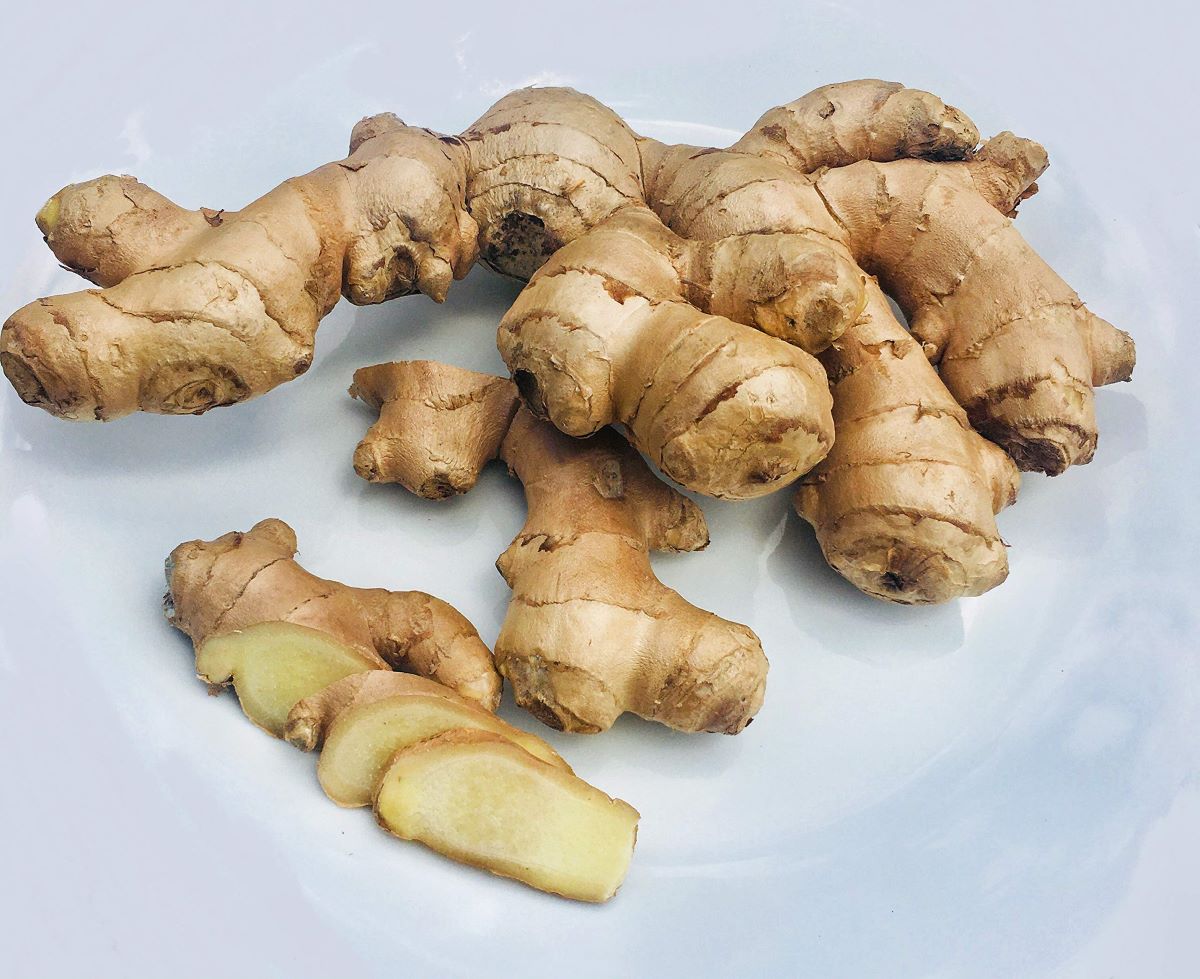
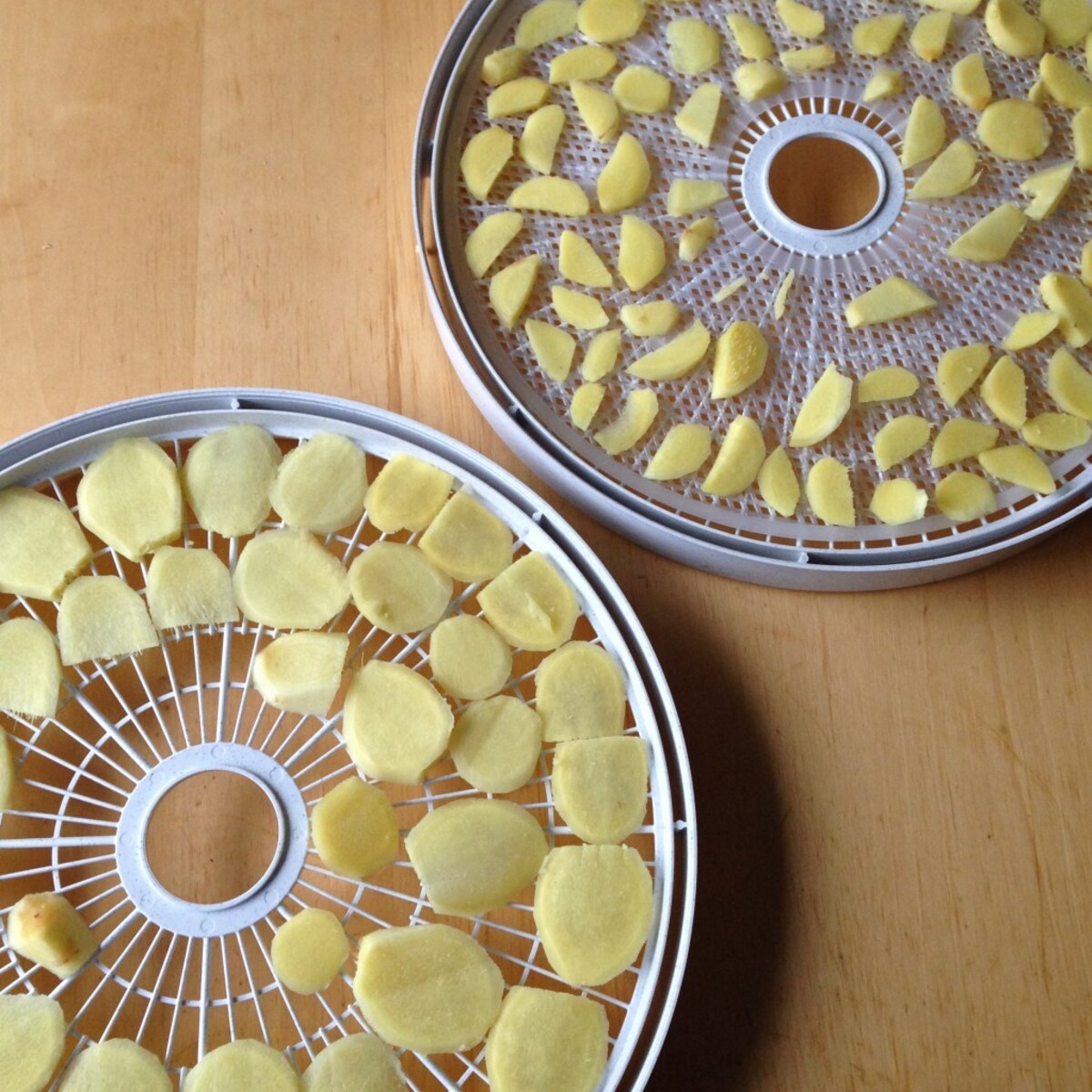
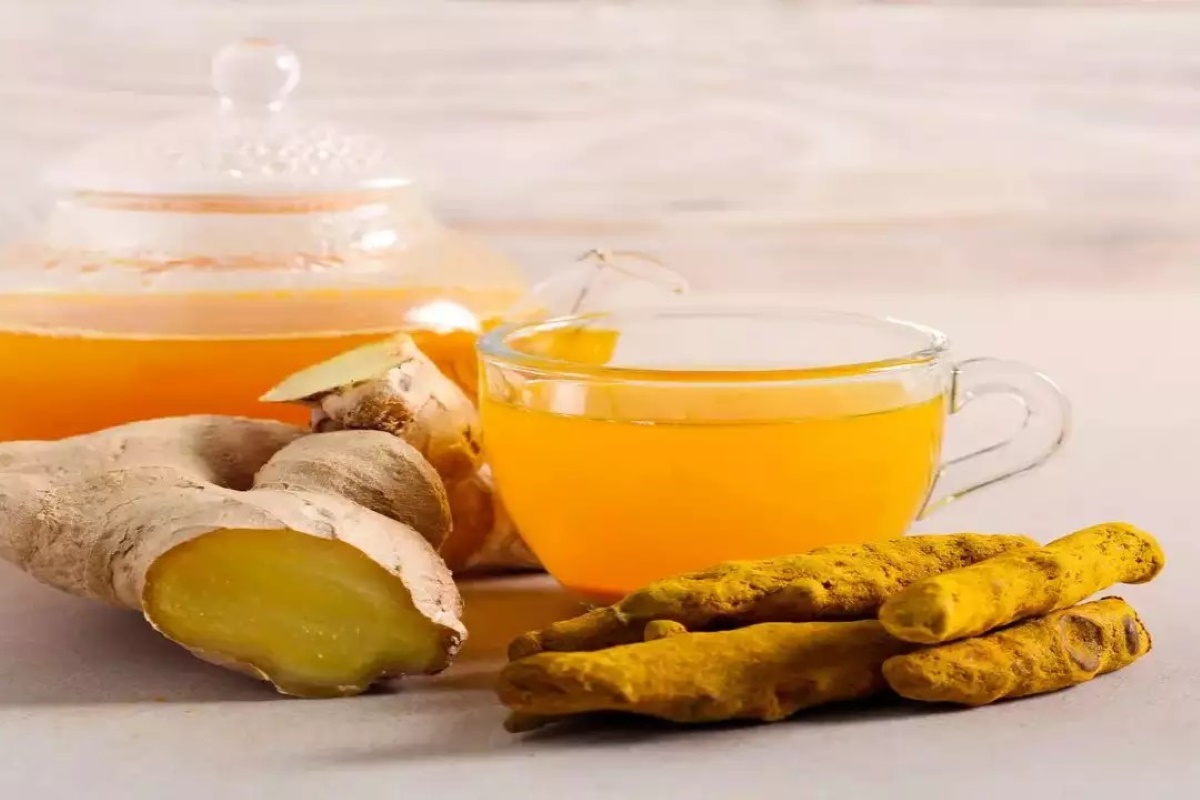
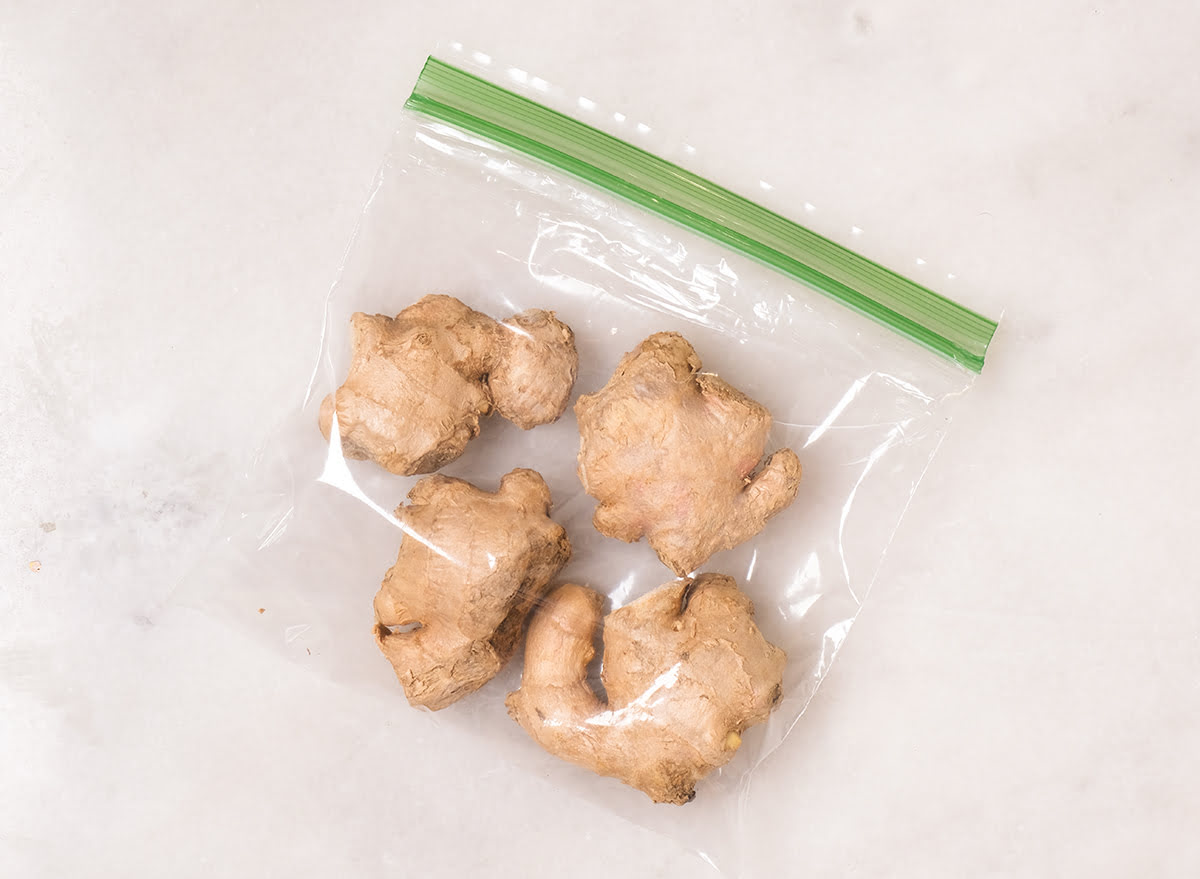
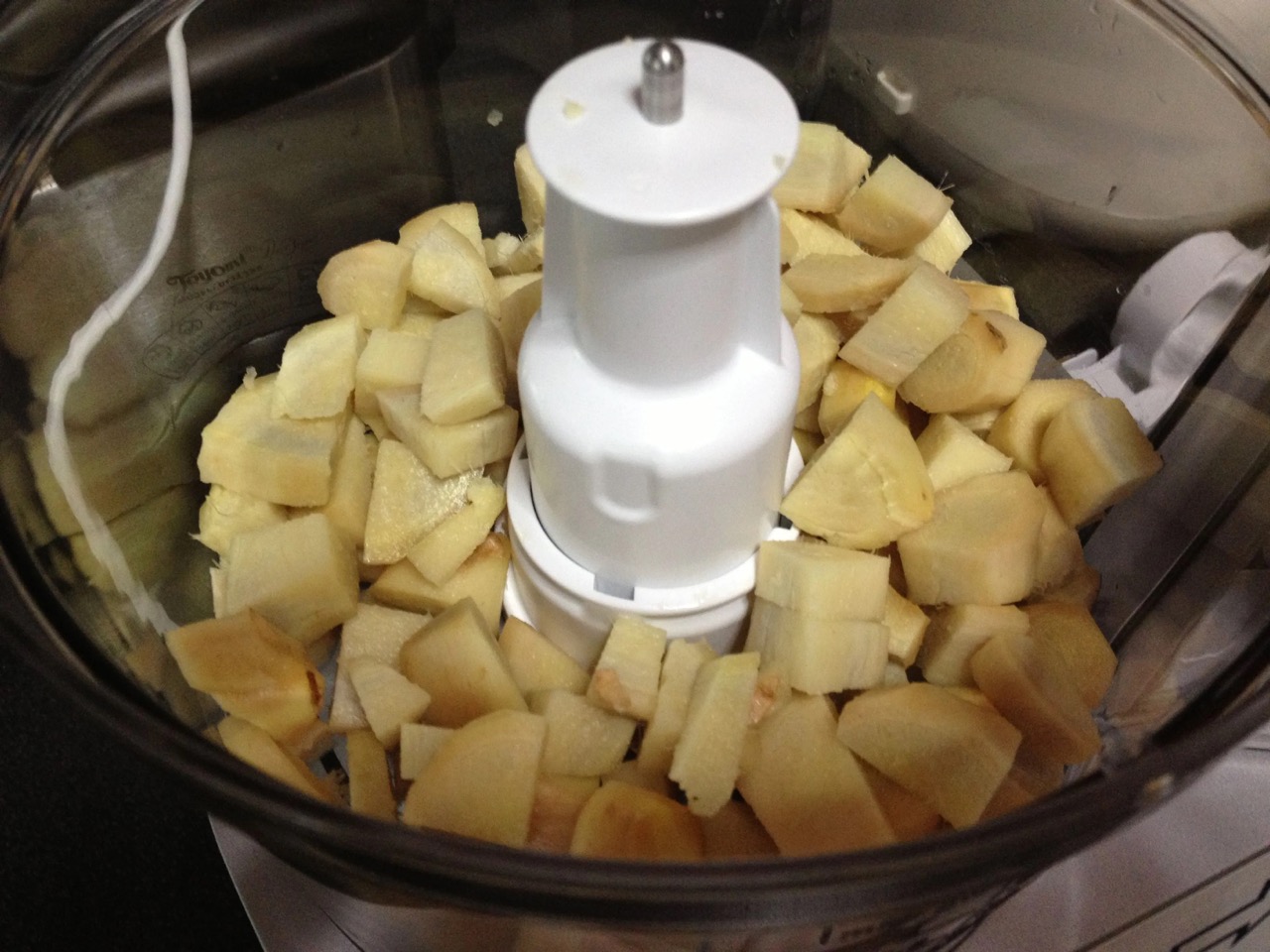
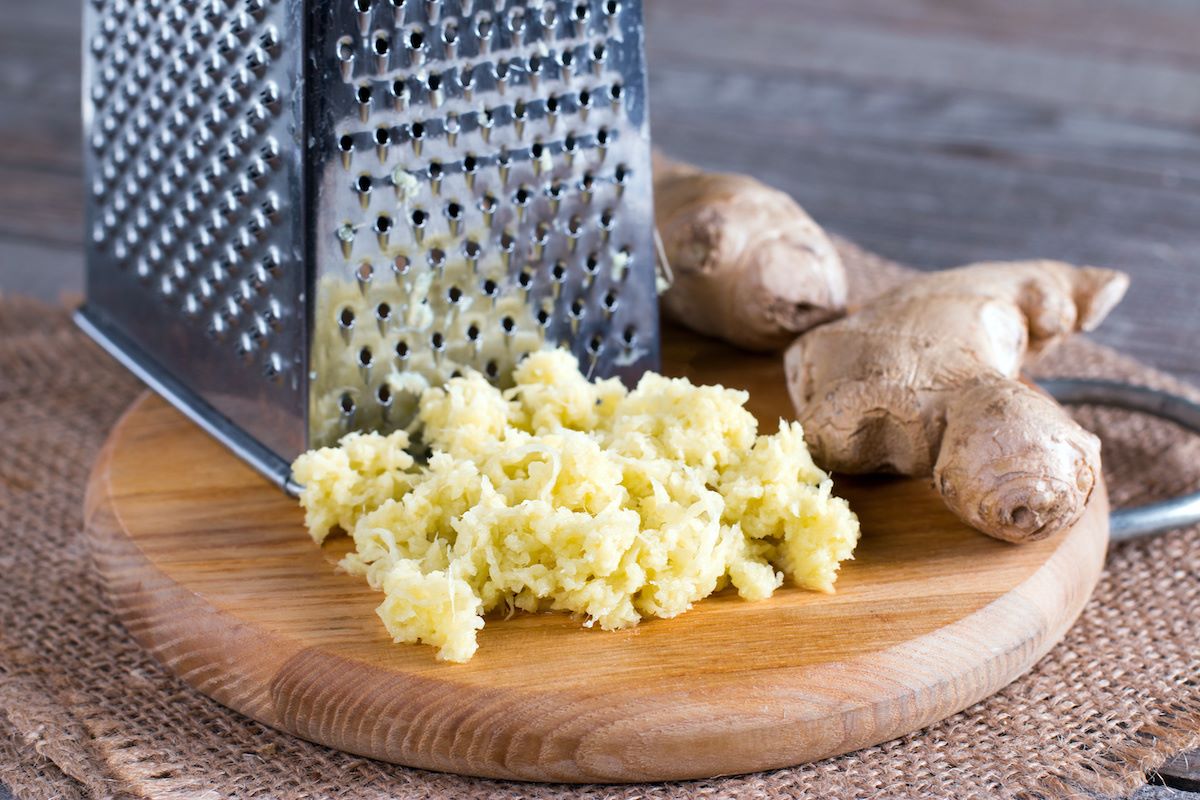

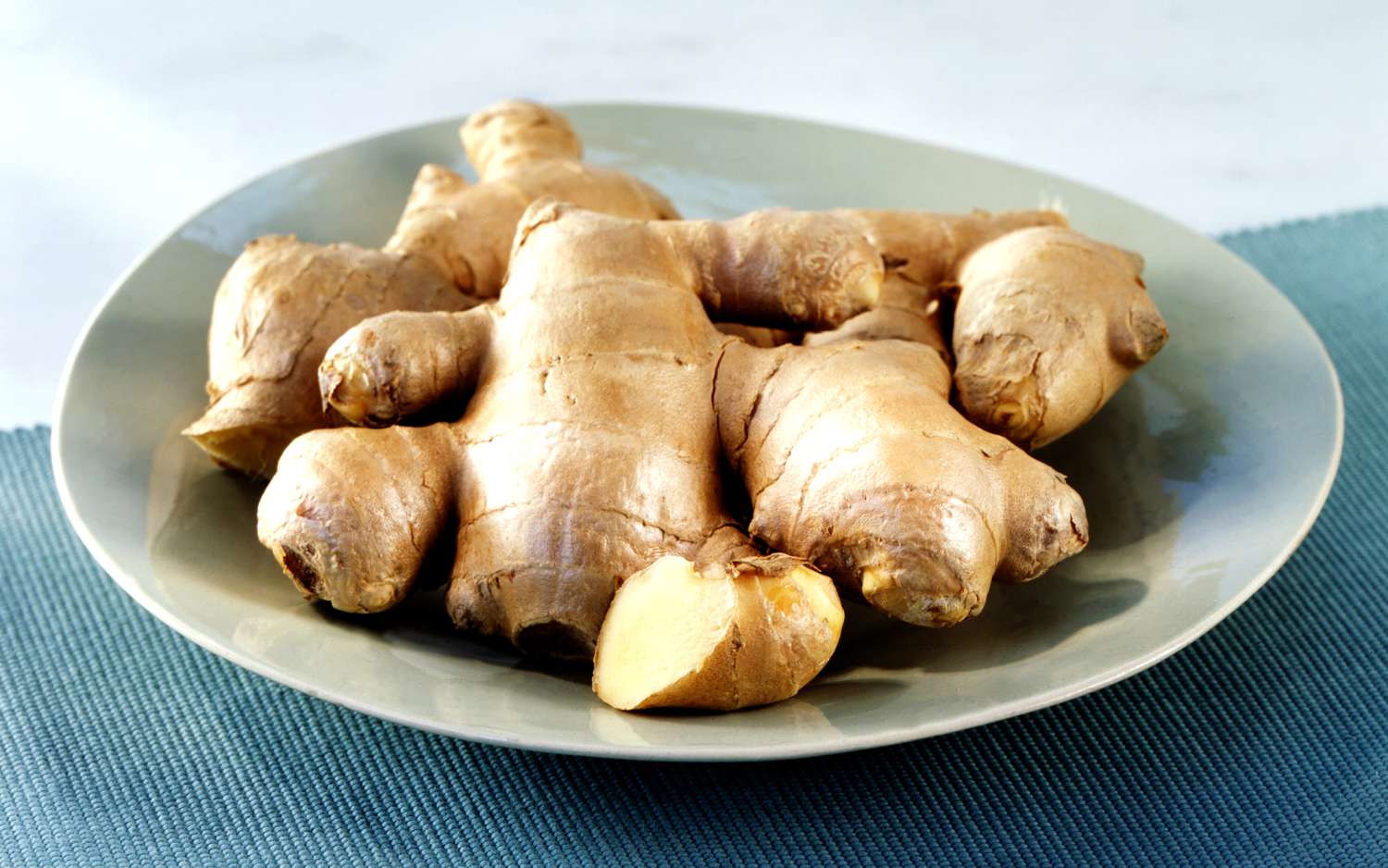
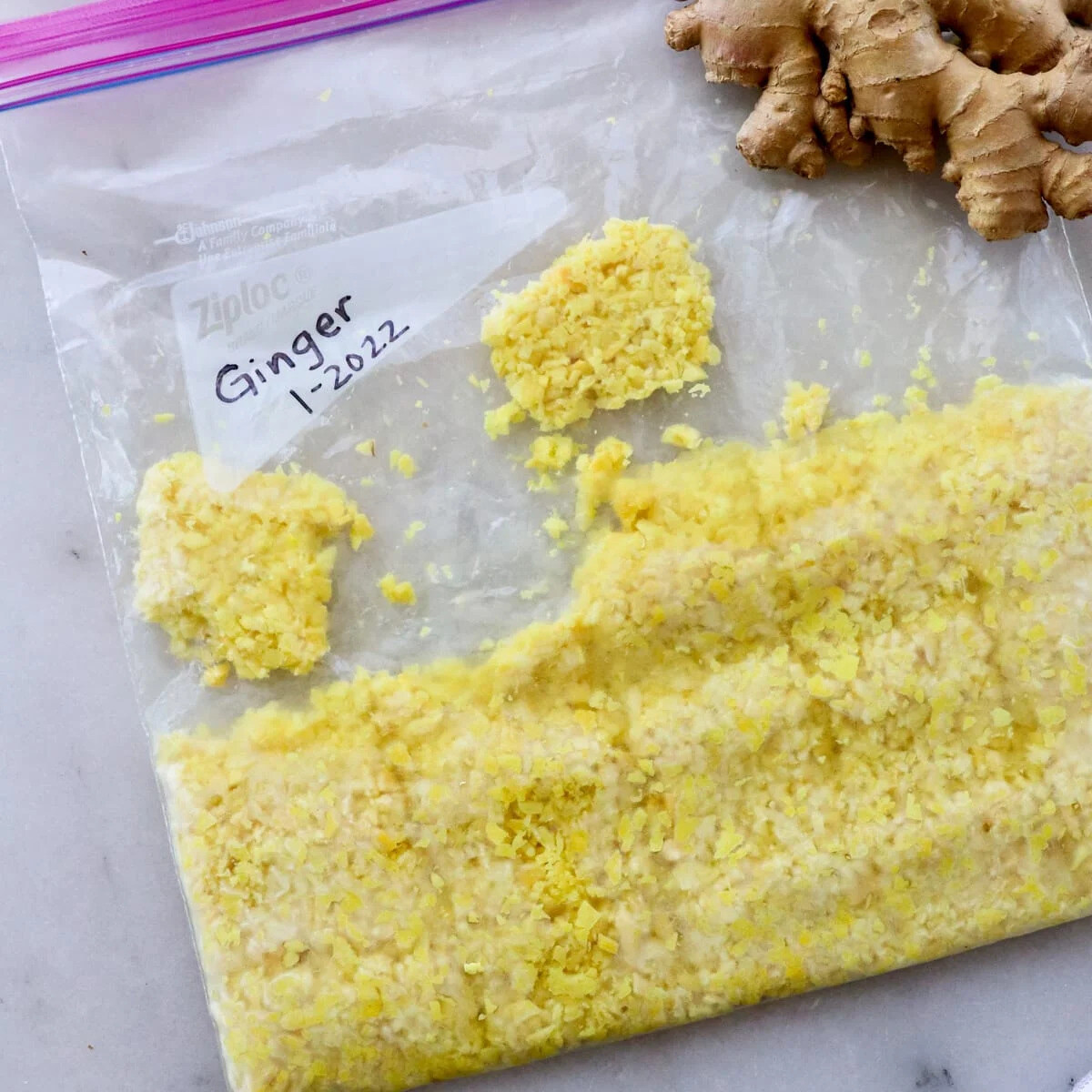
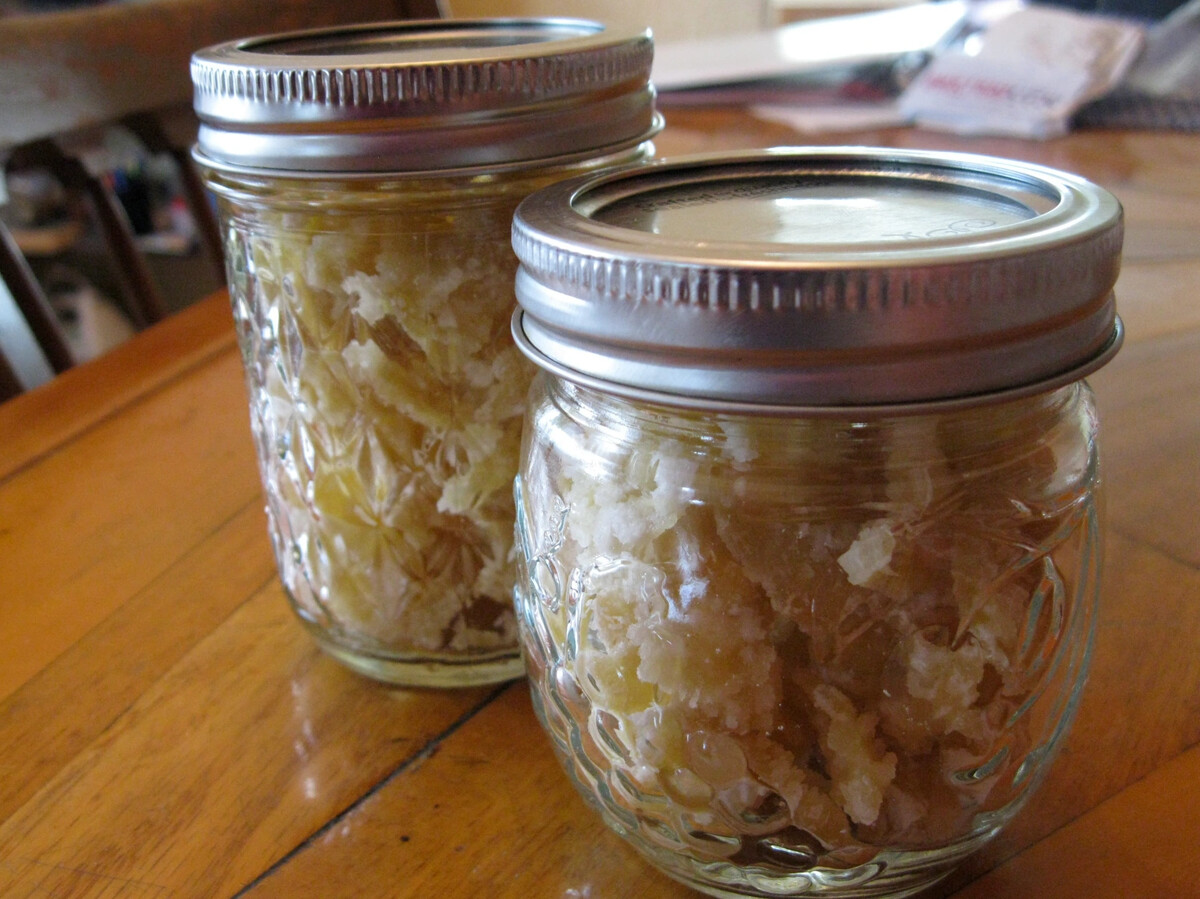

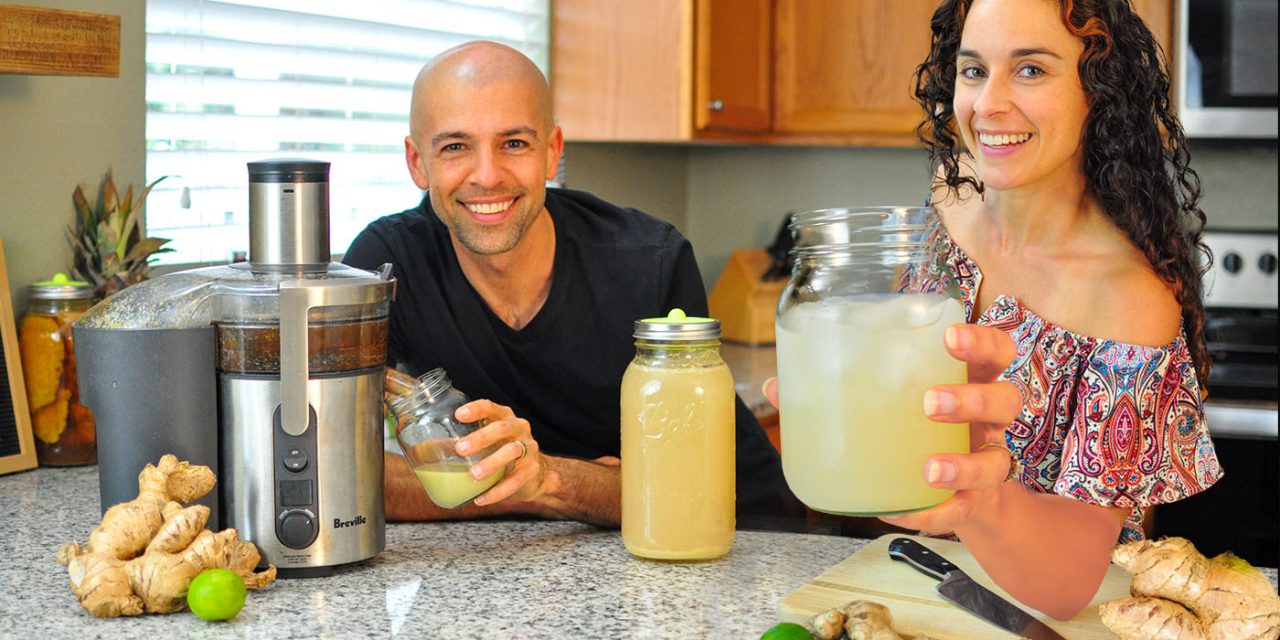

0 thoughts on “How To Make Ginger Germinate”